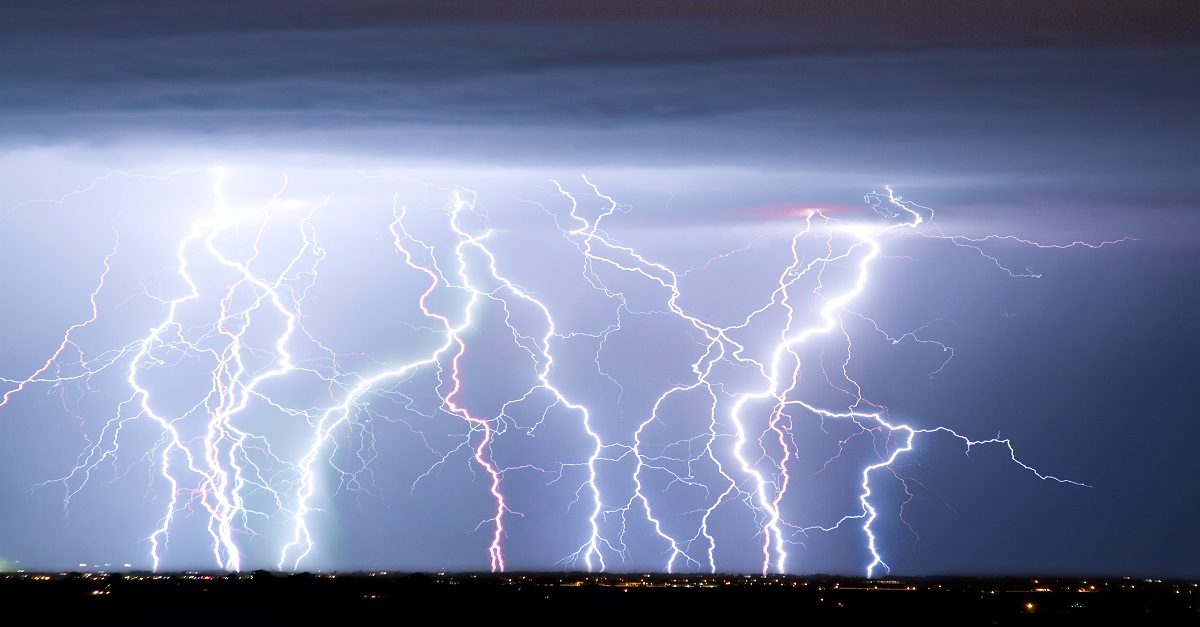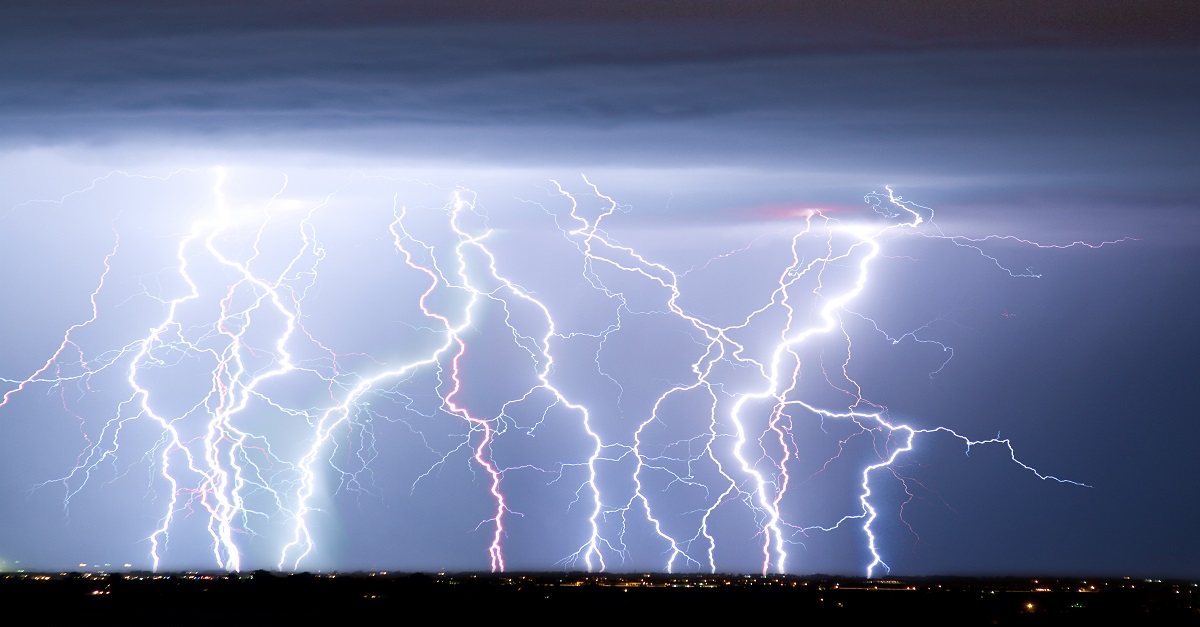
Google has been hit by a data-destroying attack.
For once, we know exactly who’s responsible – Mother Nature, flinging lightning bolts.
Google said on Tuesday that four lightning strikes hit the local power grid supplying its European data center last week, on Thursday, 13 August 2015.
Resulting power fluctuations near its Belgian data center – designated as the europe-west1-b zone – resulted in sporadic disk errors.
Those errors in turn led to permanent data loss.
The power fluctuations in fact set off a wave errors that lasted up until Monday, 17 August 2015.
Google says that the data loss affected less than 0.000001% of Google Compute Engine Persistent Disk space in europe-west1-b.
The Google Compute Engine (GCE) is the Infrastructure as a Service (IaaS) component of the Google Cloud Platform, built on the global infrastructure that runs Google’s search engine, Gmail, YouTube and other services.
GCE enables users to launch virtual machines (VMs) – operating systems and application environments installed on software that imitate dedicated hardware – on demand.
Persistent disks, in turn, are used as the primary storage for VM instances.
Some 5% of the standard persistent disks in the zone experienced at least one read or write failure during the power fluctuations, Google said, with some management operations on the affected disks failing, including disk snapshot creation.
Google’s data centers use battery backup for storage systems, as well as auxiliary systems that automatically restored power quickly in this instance.
But Google says that some recently written data had been located on storage systems that were susceptible to power failure from extended or repeated battery drain.
In a few cases, this apparently led to permanent data loss.
Nobody can promise that data stored in the cloud won’t be zapped by lightning – sure gives the “cloud storage” metaphor yet another dark lining, doesn’t it?
Google is taking full responsibility, but reminded customers that GCE instances and Persistent Disks are all lumped together in one data center.
In other words, all it takes is one disaster to hit, and they’re all vulnerable to falling down.
Image of lightning strikes courtesy of Shutterstock.com.

Anonymous
With a bit more design effort, all equipment can be operating from UPS batteries that are charged by solar or cheap overnight electricity – isolation of lightning must be avoidable if the correct infrastructure is deployed. Hard disk failures can be avoided when those hard disks are powered from batteries that do not suffer from voltage spikes. Grid power is know to have interruptions and voltage spikes, so stop being so dependent on the grid.
Paul Ducklin
Good luck trying to run a Google data centre on solar power alone :-)
Having spent many years in a former life living and working in an area renowned for its massive and frequent electric storms, I can confirm that “isolating yourself from lightning”, power grid or no power grid, is…ah, kind of difficult, at least if you are on the earth’s surface.
The amount of energy involved even in a comparatively distant strike is enormous. And if you’ve ever been in a residential building that has suffered a _direct_ strike, then when you’ve picked yourself up from the floor, when your ears have stopped ringing, when you’ve checked that nothing is on fire (or about to collapse), you will know what I mean.
Rory B. Bellows
The Indian city of Cochin is now home to the first international airport that is completely powered by solar energy
Paul Ducklin
The reports I’ve seen don’t *quite* say that. If I have read correctly, they claim that the airport can generate an average of 60MWhr each day, and consumes on average 48MWhr. Clearly (or unclearly, from a weather point of view) there will be days on which the solar panels fall short of the airport’s electricity demand, and days they will exceed it.
There’s no mention of a giant stash of batteries to act as an airport-sized UPS, so it sounds as though this is an airport that also has a small solar power station attached, which is nearly but not quite the same as “completely powered by solar energy.” (I also suspect that a lot of the airport’s infrastructure – fuel tenders, fire fighting equipment, passenger buses, plane towing vehicles, and more – still runs on petrochemical energy, probably mostly diesel. Which, again, doesn’t add up to an airport “completely powered by solar energy.”)
Rory B. Bellows
From Time Magazine:
“The new system is designed to work with the smaller array from 2013 to fully meet the facility’s day-to-day energy needs.”
Not sure if I can post links in your comment section, i’m sure a quick bing will take you there…
Dorn Hetzel
If you need 100.000000000000000000000000000% loss free data, you best store several copies, maybe one on every continent where you can find a data center, because that’s the only way you can be sure. Well, still not entirely sure if a big enough asteroid comes along, but then I guess there are bigger problems than data loss :)